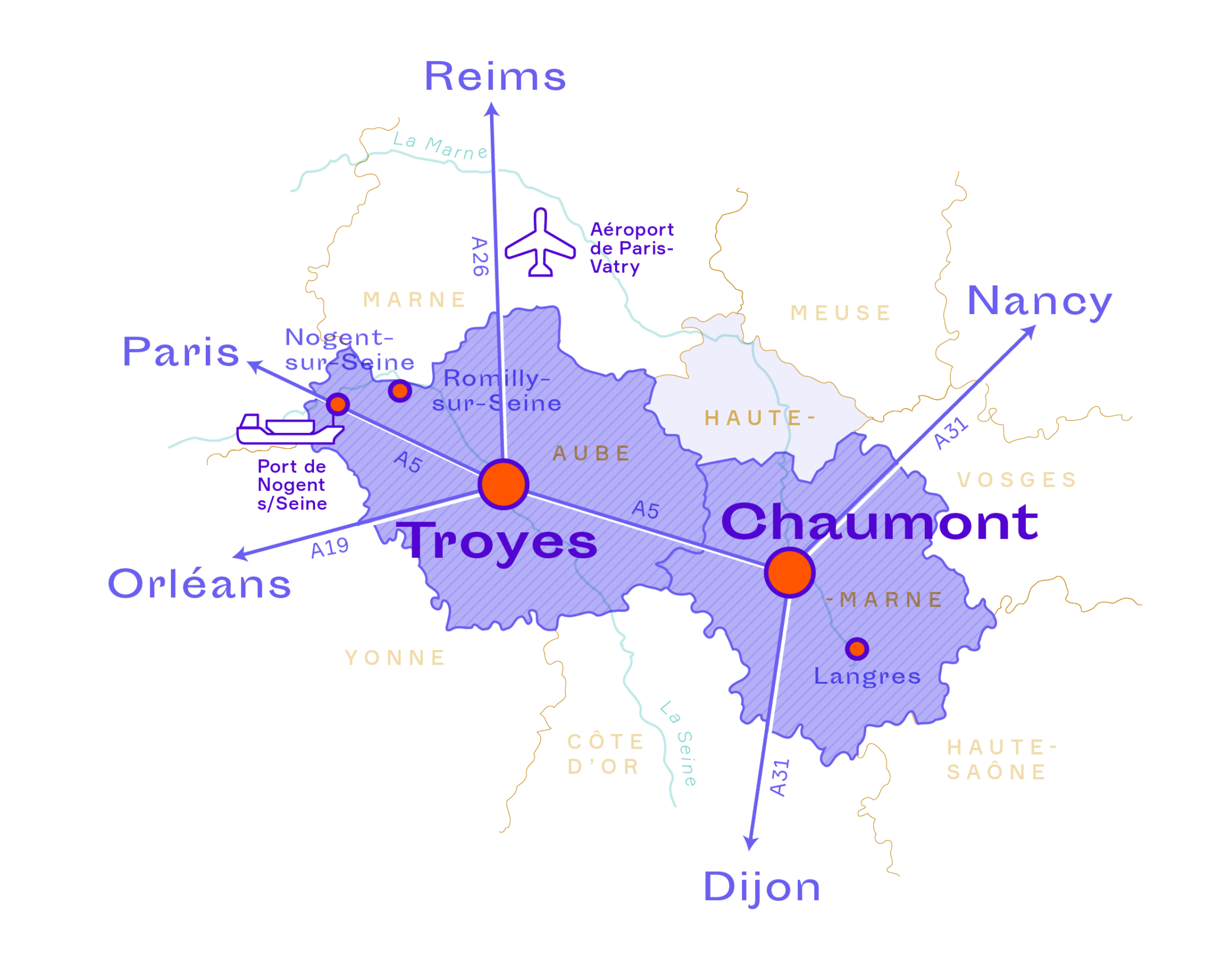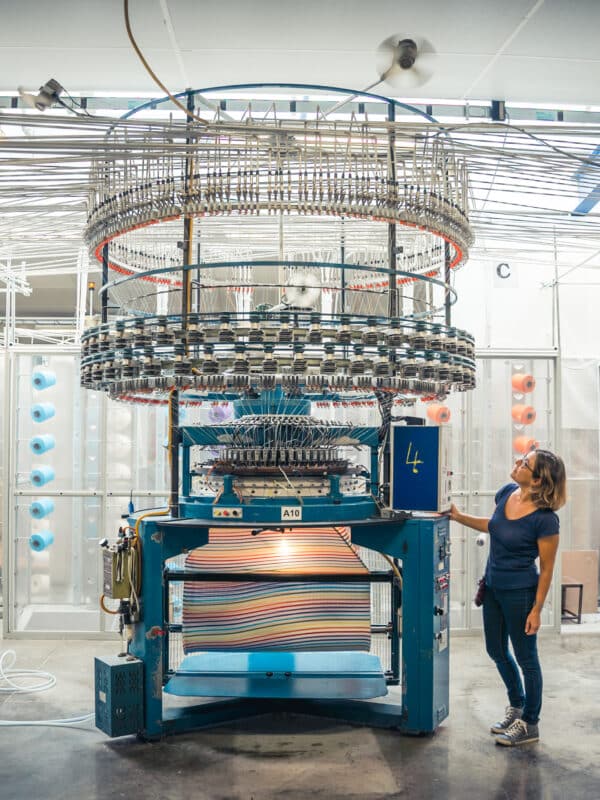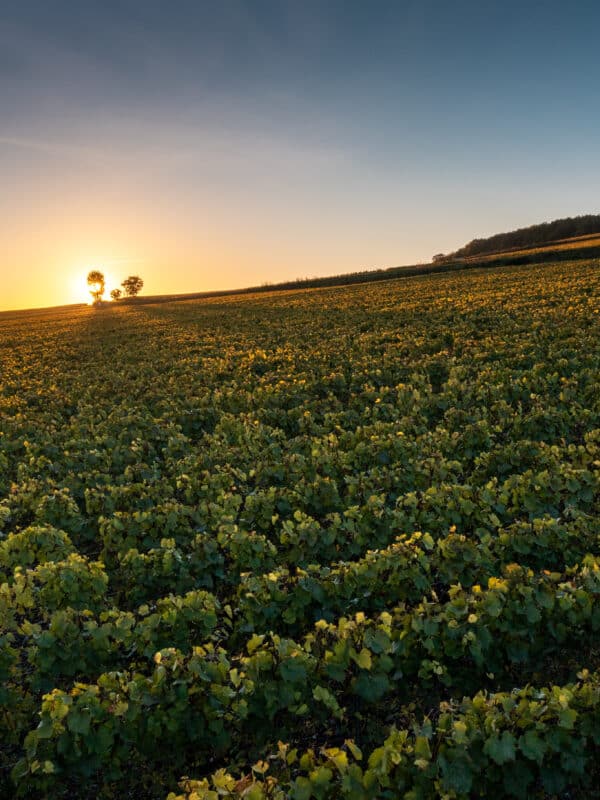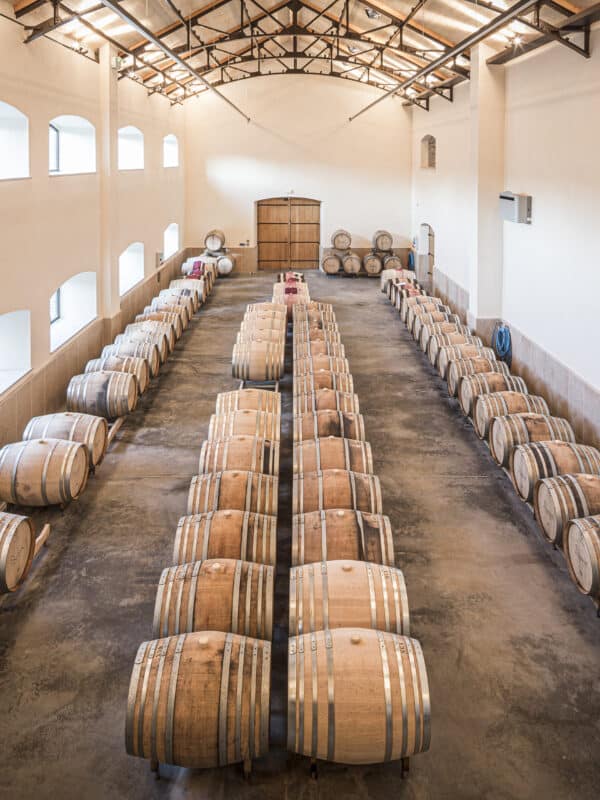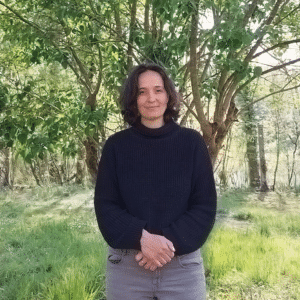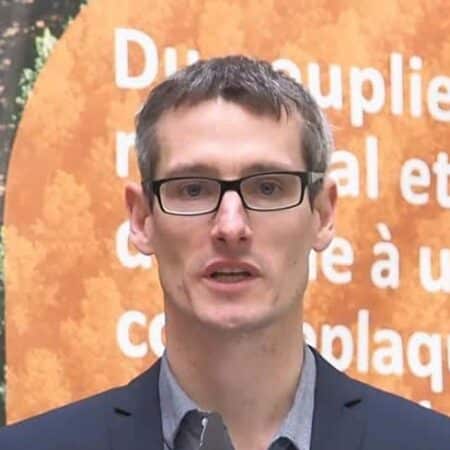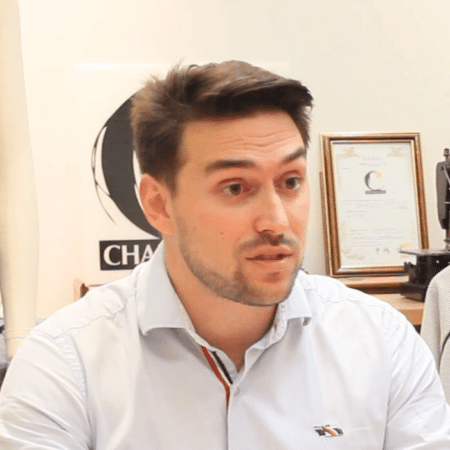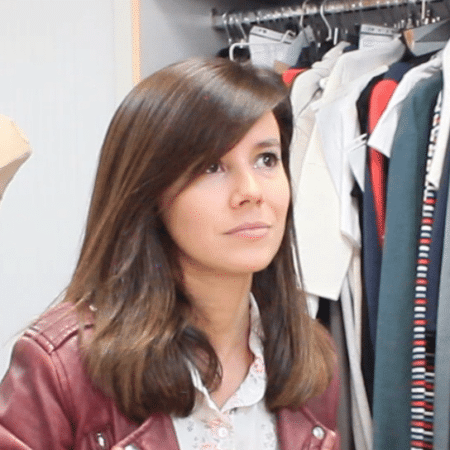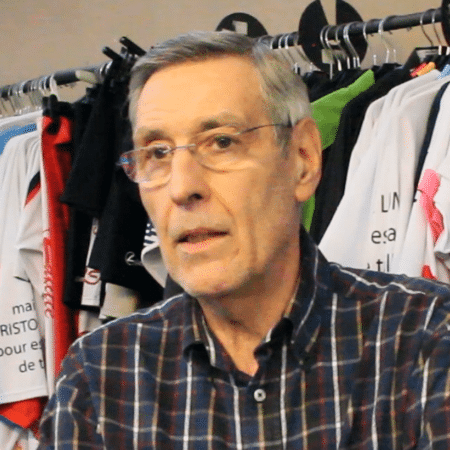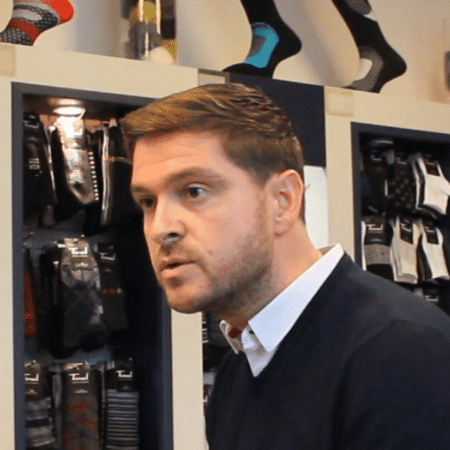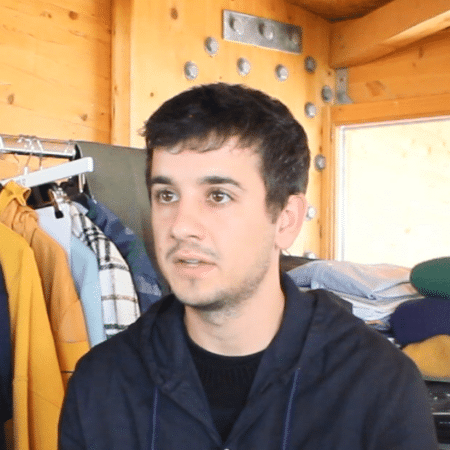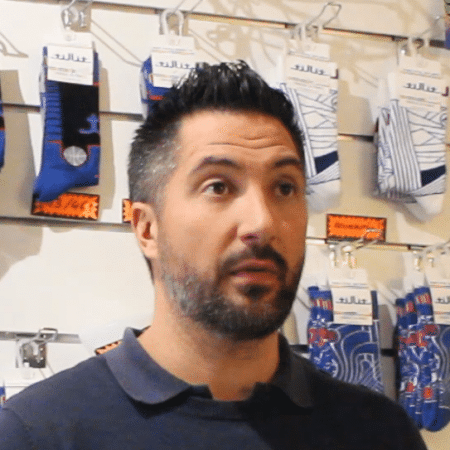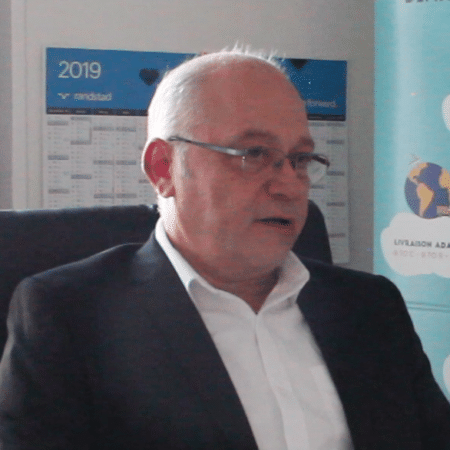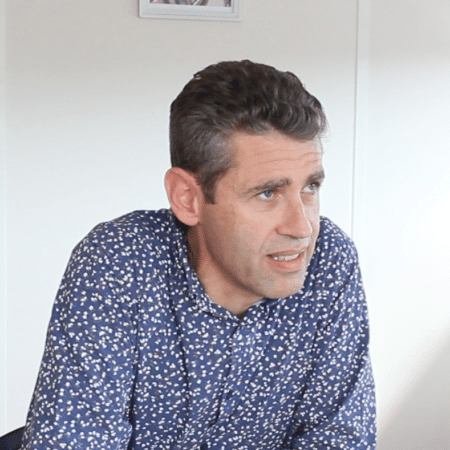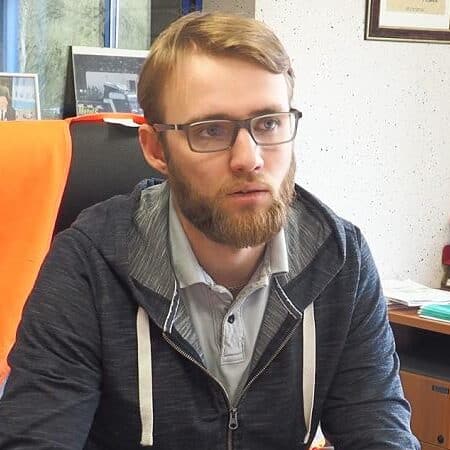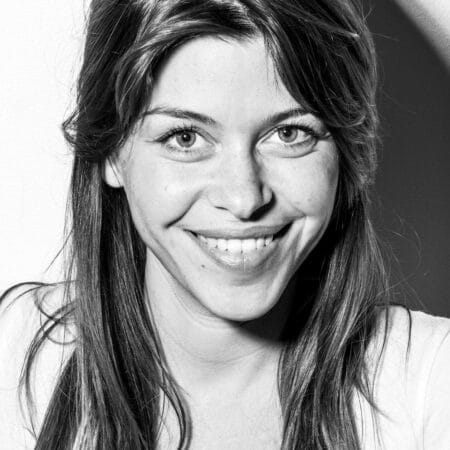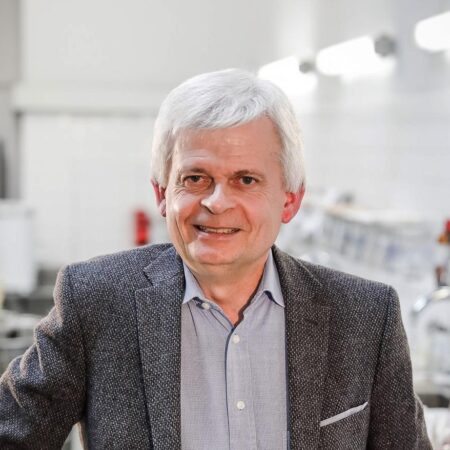Estelle Delangle
Interview with Estelle Delangle, Project Manager at the European Hemp Hub
Can you introduce yourself briefly?
My name is Estelle Delangle, and I joined the European Hemp Hub on May 4, 2020.
Before that, I worked in La Tremblade, a small town south of La Rochelle for IFREMER (French Research Institute for Exploitation of the Sea) on a 5 million euro Horizon 2020 project. I have a very European profile, as I also worked for 12 years at the Assembly of European Regions where I facilitated cooperation between regions across the continent (from Scandinavia to Turkey, via Spain or Russia) in terms of economic development.
I finally landed in Troyes because the European Hub project was very ambitious and perfectly matched my vision of territorial economic development. Currently, I am the project manager for the European Hemp Hub, and my mission is to structure and animate an ecosystem around the hemp industry.
Can you present the Hub and its exact role in relation to other territorial actors?
The European Hemp Hub project was officially launched in November 2018. Our ambition is to have a completely autonomous structure by early 2023.
This collective was born thanks to the Grand Est Hemp Construction Collective, which carries the project, and to Troyes Champagne Métropole, which also provides human resources for the project. We also have a large number of partners who constantly support us in developing the Hub. These include FRD (Fibers Research and Development), la Chanvrière, UIT Champagne-Ardenne, the Club of Industrial Ecology of Aube, the IAR Hub, the Chambers of Agriculture of Aube and Haute-Marne, VICAT Group, the University of Reims, and Envirobat, who are convention partners. However, other actors are already variously involved in the co-construction of the Hub on specific topics, such as Business Sud Champagne, CIBBIOS, or Chanvria.
With all these partners, we want to anchor the Hub in the territory and develop a biorefinery with activities around hemp and bio-based products that operate in a circular economy. Today, it is thanks to this collective that we are advancing the project, as they each have defined roles in the animation and organization of the Hub. Our role in all this is to structure the ideas of these different actors, to get them to work together, and to help them imagine new possibilities related to the hemp industry.
Do you see the European Hemp Hub as a cluster dedicated to the hemp industry?
If we take the exact meaning of the word, the European Hemp Hub is indeed a cluster as it is a collective that gathers. However, today it is still difficult to determine whether the Hub will be a cluster or something else in terms of structuring; we do not want to confine ourselves to a designation. What is certain is that we are an assembler, a catalyst, and an accelerator of talents dedicated to the hemp industry.
Given its name, does the Hub have a European vocation?
Of course. Our ambition is to be THE European reference for hemp. La Chanvrière is already the European leader in hemp production, but we must not limit ourselves to that. We must also become a nerve center for hemp. In the Territory, we have resources, skills, research centers, but there are also other structures all over Europe that could bring us a lot. We need to find a way to work with them, to share our knowledge and learn from them. To acquire the European dimension we seek, we must succeed in surrounding ourselves with the right partners.
Currently, you are setting up working groups, can you tell me more?
To effectively structure the European Hemp Hub, we have set up 7 working groups consisting of 5 specific technical groups and 2 transversal groups.
The technical groups bring together the entire value chain across the various hemp markets. The themes covered by these groups are varied and allow working with many skills from the territory. We have a group on processes and agricultural production led by the Chamber of Agriculture. It is a fundamental group as it feeds all the others. There is also a group dedicated to the construction universe led by an independent architect. Then, a workshop is dedicated to food, cosmetics, and health, led by the IAR Hub (Competitiveness Pole Industries and Agro-resources). A group is led by FRD (Fibers Research and Development) on the theme of plastics and composites. Finally, we have a group dedicated to
the textile industry, which aims to create a hemp-textile industry in South Champagne.
Then, there are 2 transversal groups. The first addresses the theme of transfer tools and innovation. The second will focus on the future hemp biorefinery, which will be located around La Chanvrière, in Saint Lyé, in a logic of circular economy.
All these groups help to gradually build the identity, objectives, and ambitions of the European Hemp Hub.
Business Sud Champagne is in charge of the hemp sector’s establishment hub; how is your collaboration organized?
Business Sud Champagne is the animator of the new activity implantation cell that we recently set up. For us, they are the key partner for the prospecting and implantation of companies within this ecosystem.
They also support us in structuring the ecosystem by making the Hub known to companies in the territory and helping us identify companies likely to work with hemp. When these companies are identified, BSC establishes contact and supports them in the rest of the process.
Business Sud Champagne is ultimately the leading partner for support and advice on economic development for our industry. Their work on setting up a territorial attractiveness strategy is also very useful for the visibility of the territory and the hemp industry.

